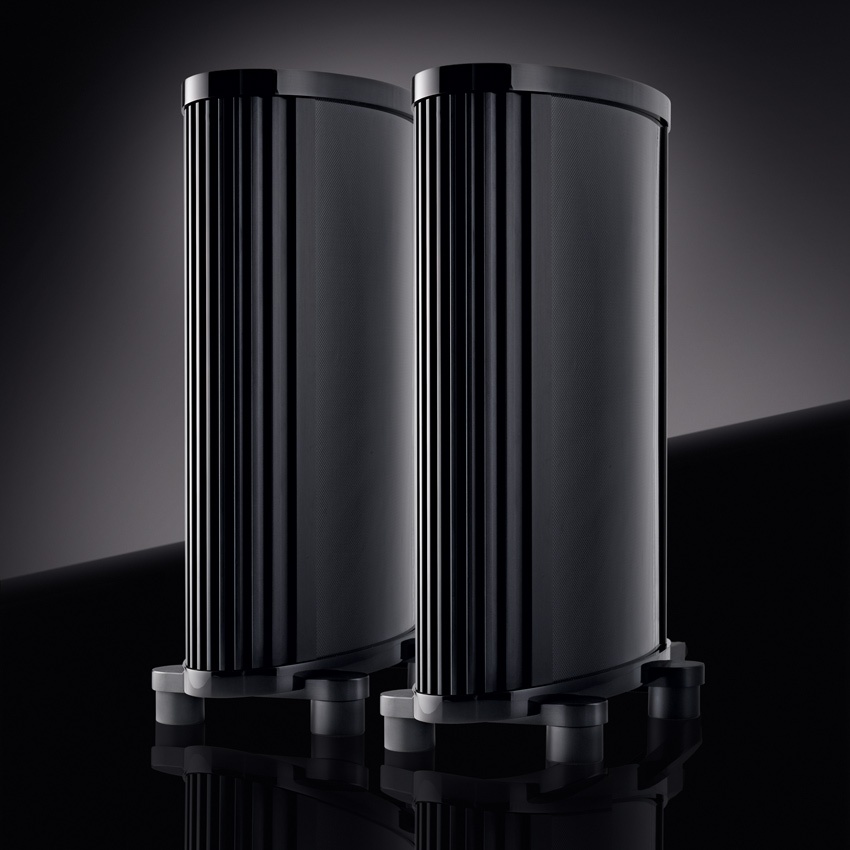only very, very few clients are specifying class 'a' designs these days for a
multitude of reasons one being the physcial size, the weight of the unit, the power consumption and sheer heat they generate.
Lets look @ your Krell KSA50S it takes pretty much 345Watts of power @240Vac at idle which is roughly 450Va which for a quoted genuinely 50W class 'a' device is on the money at more realistic volume levels this isn't going to rise to much as the devices (FET's) are 100% duty cycle as in on permanently all of the time.
So, in 20 hours you will have used 0.35 of Kwh x 20 so around the 7Kwh @ the capped rate of 0.34p per Kwh gives you £2.38 for the amplifier total electrical use (plus whatever the rest of the system uses in that period) so compared to a EV being charge at bollock charge between £40-£70 yes its relative indeed.
A class a/b amplifier is around 55-65% efficient so you could reduce that outlay by a further 25-30% and with a class 'd' style amplification by at least 100%, this is not about which one sounds better purely on consumption.
Also you have a small amplifier in terms of most of the current class 'a' units which are out there, recently visited a cleint who use the older big krell mono's with the meters on them, you could literally wtach the electric meter jump to warp when he switched them on.
Although the big Gryphon Colosseum’s idle around 3.2Kw each and double up as house heaters but do sound superb.

Personally class 'a' has never worked for me, plenty of others yes most are overly safe and somewhat nice which is why the big fad for class 'a' was kicked off in the mid 80's due to the slew of forward, hard sounding glut of average solid state amps but a multitude of manufacturers.






 Reply With Quote
Reply With Quote
 Originally Posted by Mr. C
Originally Posted by Mr. C


